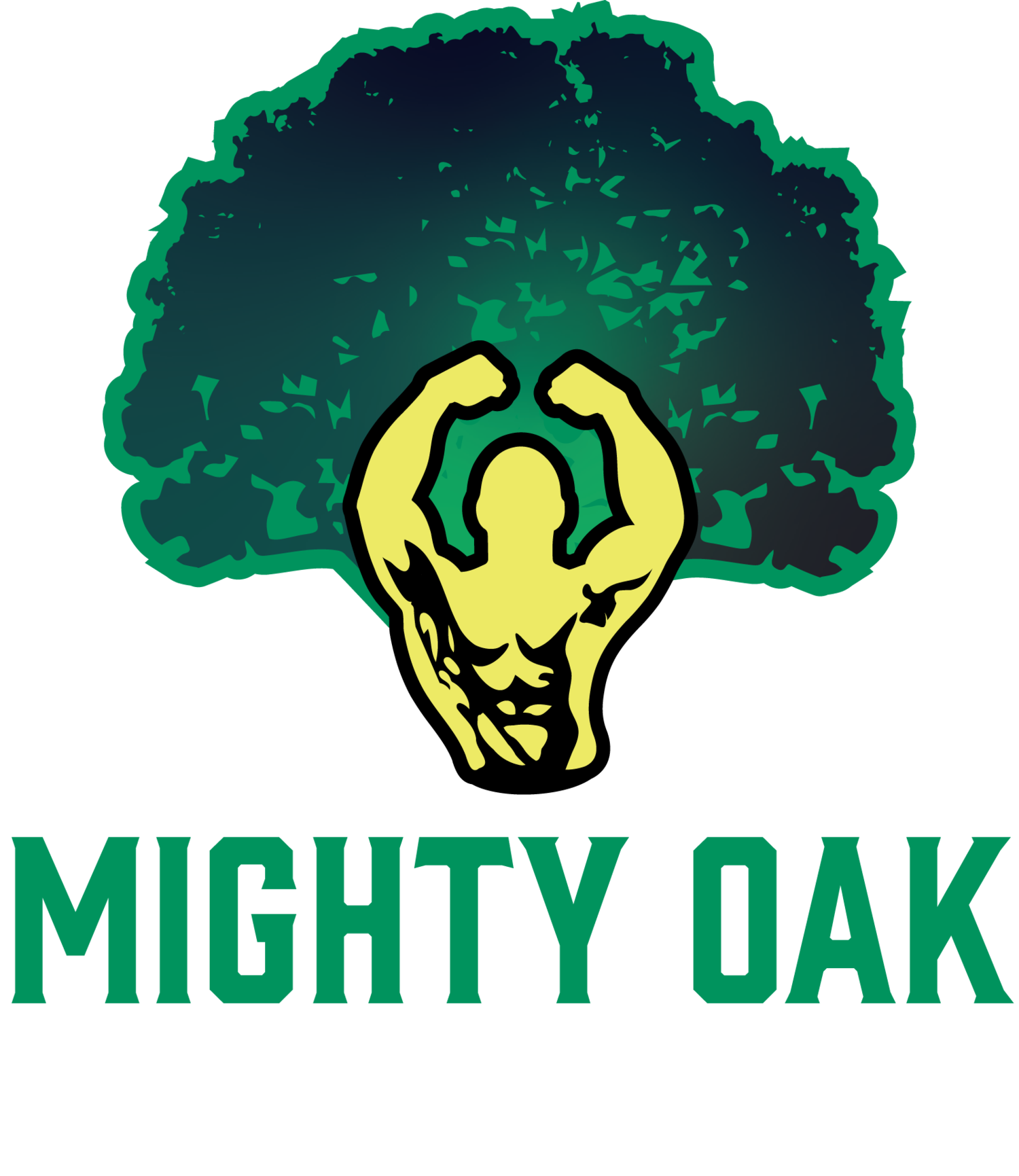Competing at Your Strongest Weight: Perform Your Best Without Cutting or Gaining Weight
The Dangers of Weight Cutting and Unhealthy Weight Gain in Youth Sports
In the pursuit of success, young athletes and their parents often believe that cutting or adding weight for competition is the key to gaining an advantage. Sports like wrestling and powerlifting encourage athletes to fit into specific weight classes, while contact sports like football and hockey sometimes push athletes to bulk up for size. However, these extreme weight manipulation tactics can have serious negative effects on a child’s long-term health, performance, and well-being.
The Risks of Cutting Weight
Many young wrestlers and powerlifters go to extreme lengths to cut weight in order to compete in a lower weight class. They dehydrate themselves, drastically reduce calorie intake, and even engage in excessive cardio to shed pounds quickly before weigh-ins. These methods may help them make weight, but they come at a cost:
• Loss of Muscle and Strength – Rapid weight loss often leads to muscle breakdown, leaving the athlete weaker rather than stronger. Strength training should focus on increasing lean muscle mass and power, not shrinking the body at the expense of performance.
• Fatigue and Poor Performance – Dehydration and undernourishment result in low energy levels, slow reaction times, and decreased endurance, making it harder for the athlete to perform at their best.
• Increased Risk of Injury – A weaker, underfed body is more prone to injuries. Strength and power come from proper training and nutrition, not from being the smallest competitor.
• Long-Term Health Issues – Extreme dieting at a young age can harm metabolism, stunt growth, and create an unhealthy relationship with food that may last a lifetime.
Rather than focusing on cutting weight, young athletes should prioritize eating a nutrient-dense diet that fuels their growth, enhances strength, and improves endurance. A well-fed athlete is a strong athlete.
The Risks of Unhealthy Weight Gain
On the other side of the spectrum, sports like football and hockey often pressure young athletes to “bulk up” in order to be bigger and harder to tackle. Unfortunately, many interpret this as a need to consume excessive calories without regard for quality. This often leads to:
• Unhealthy Fat Gain – Simply adding weight without building muscle through strength training results in excess body fat, which does not improve athletic performance. Carrying unnecessary fat can slow down movement, reduce endurance, and increase injury risk.
• Poor Nutrition and Health Risks – Overeating processed foods, sugars, and unhealthy fats increases the risk of conditions like high cholesterol, high blood pressure, and insulin resistance at an early age.
• Reduced Speed and Agility – Strength and power come from lean muscle mass, not from excess fat. Speed and agility are crucial in all sports, and being too heavy in the wrong way can hinder an athlete’s ability to move effectively.
Instead of force-feeding calories, young athletes should eat to fuel performance and natural muscle growth. This means focusing on whole, nutrient-dense foods that provide protein, healthy fats, and complex carbohydrates to support their training.
The Right Way to Grow and Compete
Whether an athlete is in wrestling, powerlifting, football, or hockey, their goal should not be to manipulate weight, but rather to build a strong, well-fueled body through proper nutrition and strength training. This means:
1. Eating a Balanced Diet – Focus on lean proteins (chicken, fish, eggs, beans), healthy fats (avocados, nuts, olive oil), and complex carbohydrates (fruits, vegetables, whole grains). These foods provide essential vitamins, minerals, and nutrients that support both growth and performance.
2. Strength Training for Muscle Growth – Training should focus on progressive strength and conditioning that naturally increases lean muscle mass and power without the need for extreme weight gain or loss.
3. Hydration and Recovery – Staying hydrated and getting enough sleep are just as important as training and nutrition in supporting athletic performance and growth.
4. Competing at a Healthy Weight – It’s better to be strong at a natural weight than weak from cutting or sluggish from excess weight gain. Competing at a weight that aligns with an athlete’s natural growth allows them to perform at their best and stay healthy long-term.
Young athletes are in a critical stage of development. Their bodies are growing, their muscles are forming, and their bones are strengthening. Restricting food to cut weight or consuming excess junk to gain weight does more harm than good. Instead of chasing a number on a scale, they should be eating to fuel their growth, training to build strength, and competing at their natural, healthiest weight. Strength, endurance, agility, and long-term health are far more important than any short-term weight class advantage.
At Mighty Oak Athletic, we emphasize the right way to train and fuel young athletes, ensuring they develop strong, resilient bodies that will serve them well beyond their youth sports careers.


